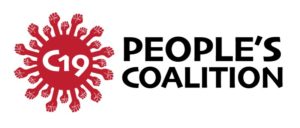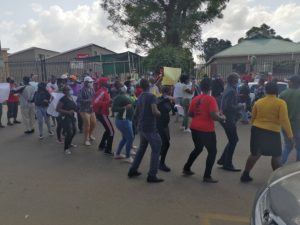By Mark Heywood
Warning: This story contains graphic images of torture, murder and injury. It may be upsetting for some people.
It is alleged that in recent weeks up to 60 people have been killed by members of the Royal Swazi Police Service and the Umbutfo Eswatini Defence Force (UEDF) in a vicious crackdown against protesters. There are also allegations of torture and of the abduction of pro-democracy activists and journalists in one of the world’s last absolute monarchies.
In this context, Maverick Citizen is today publishing shocking video footage of incidents of police brutality and a murder. The video and photographs were taken mainly by citizen journalists and some of it has been made available on Facebook pages like Eswatini Live Feed, which is documenting the protests and official responses to them on an hourly basis.
The footage shows several incidents of police brutality, including citizens being beaten by soldiers during searches of houses, police firing indiscriminately at protesters and people with serious gunshot wounds. The most shocking video appears to show army members hitting and swearing at a resident in Manzini before pushing him against a wall and discharging a firearm, which, we are told, led to his death. It was filmed on a cellphone from a nearby block of flats.
We have verified the authenticity of the footage. The persons who supplied it to us, who include a former journalist, told us that after the video footage was initially brought to their attention they “started working together to collate and save down all the video we could find that were being posted by Eswatini Live Feed, Eswatini civilians on the ground, and grassroots journalism organisations”.
They say that they looked most closely at the video that shows the killing of at least one unarmed civilian (included in our footage).
“We reached out to all the sources of the footage and those reposting it to ask if they could give verification of their locations and content. With people in Eswatini we verified the authenticity.
“We worked using Google Maps Street View to match the video of the killing to the location given and were able to do this accurately as Tenbergen Street, in Manzini. We also verified from researching across social media posts the location of DUPS funeral home in Manzini and that multiple sources were quoting unidentified bodies being left there.
“With regards to other videos we can verify these are all Eswatini locations in around Manzini, Matsapha and Nhlangano; we have confirmed it is Siswati being spoken in the footage; and they show clearly marked Eswatini police, army and medical vehicles.
“Finally, we spent around six hours establishing that none of this footage existed on social media or had been posted previous to the protests and crack down commencing.”
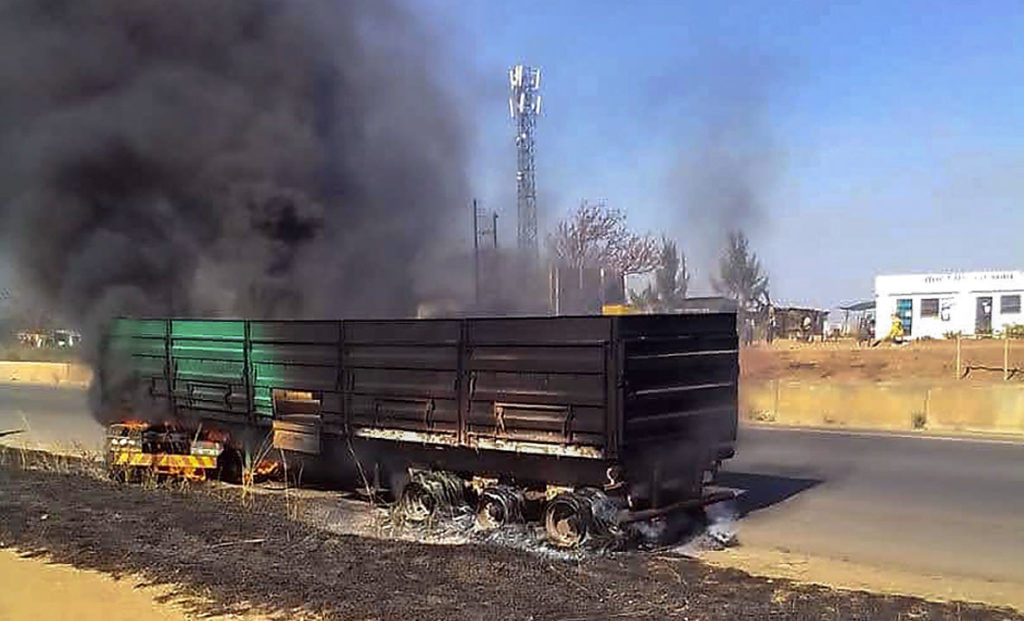
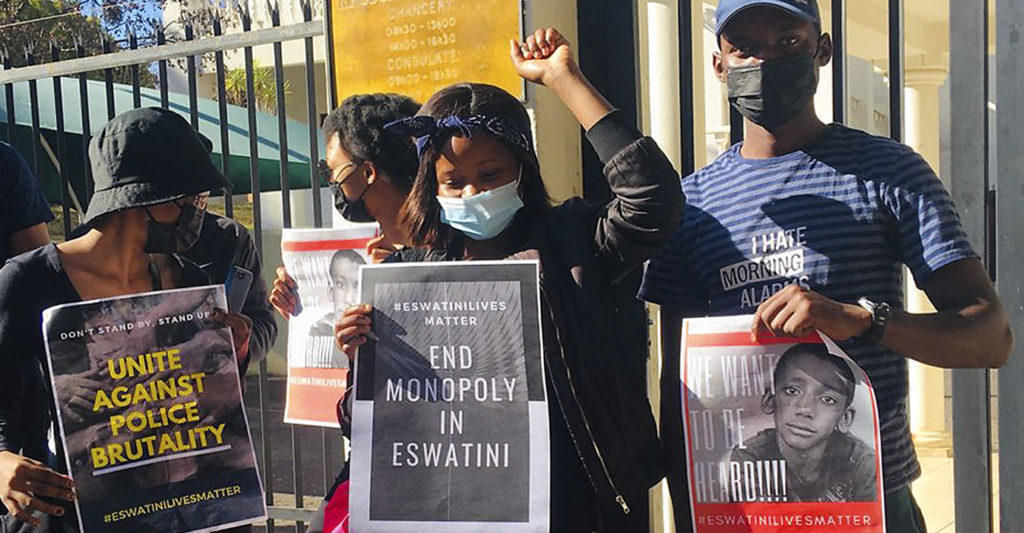

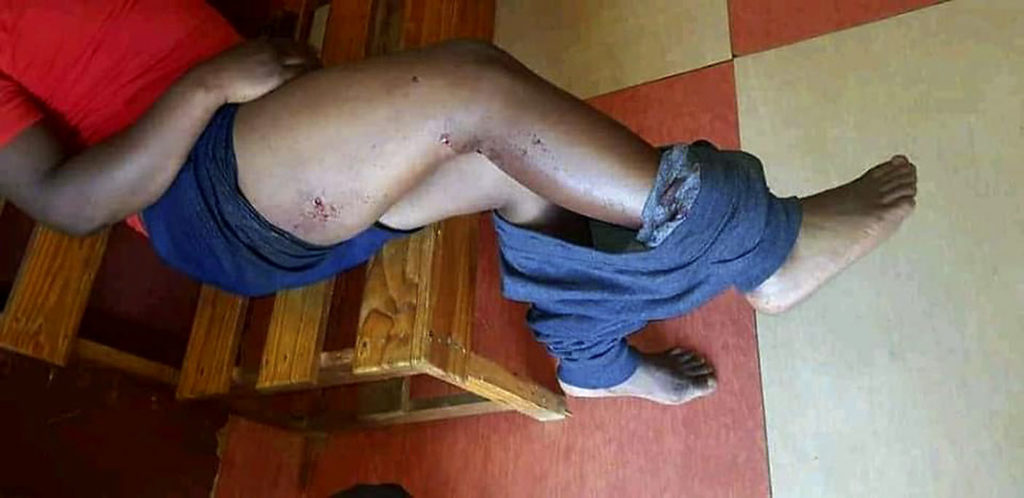
Maverick Citizen also investigated the authenticity of a list we have obtained of 45 names of people said to have been killed by members of the police and military. In response to our questions we were told by an activist in Eswatini that a local NGO had verified the names by visiting families of the dead and had gone to more than 30 homes.
“Other names are from informants who are mainly nurses in the different health institutions. We also have mortuaries which are located in the small towns who are keen to share information on bodies of shooting victims that they have,” said the activist.
The activist reported that “big city-based mortuaries are a problem” because their owners “prohibited further issuing of information of deceased persons. Others are shared by members of the public who see the list on social media.”
The activist said that on the list of names they had compiled, “we have only had to withdraw one name after the person was confirmed injured and admitted in hospital”.
As a result of the violence there is also a medical crisis. One source said nine people had had limbs amputated as a result of their injuries, but that medical care is inadequate in Eswatini. “We are trying to bring people needing urgent surgery to SA,” she said.
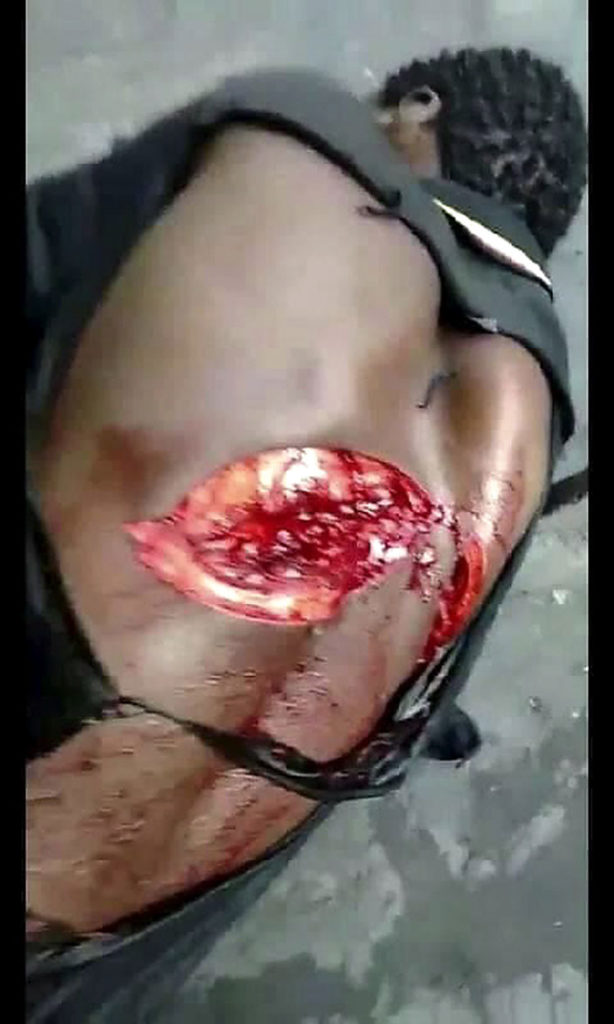
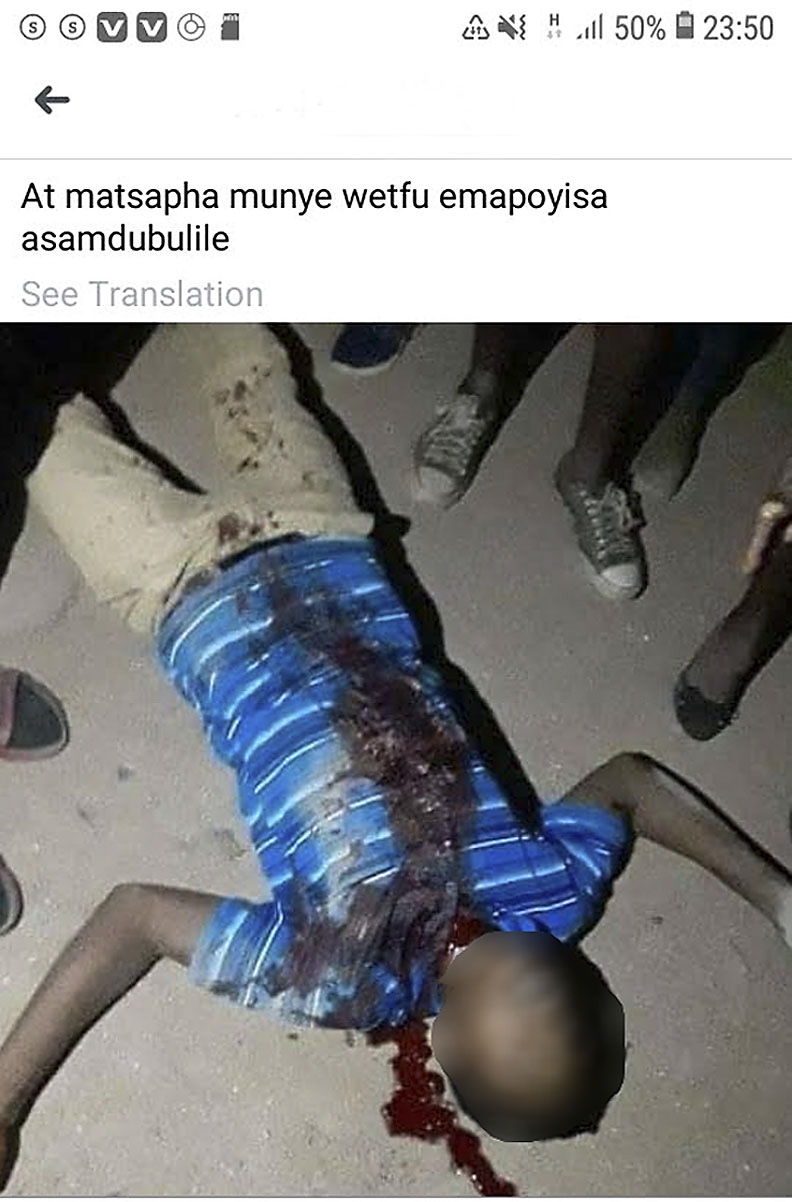
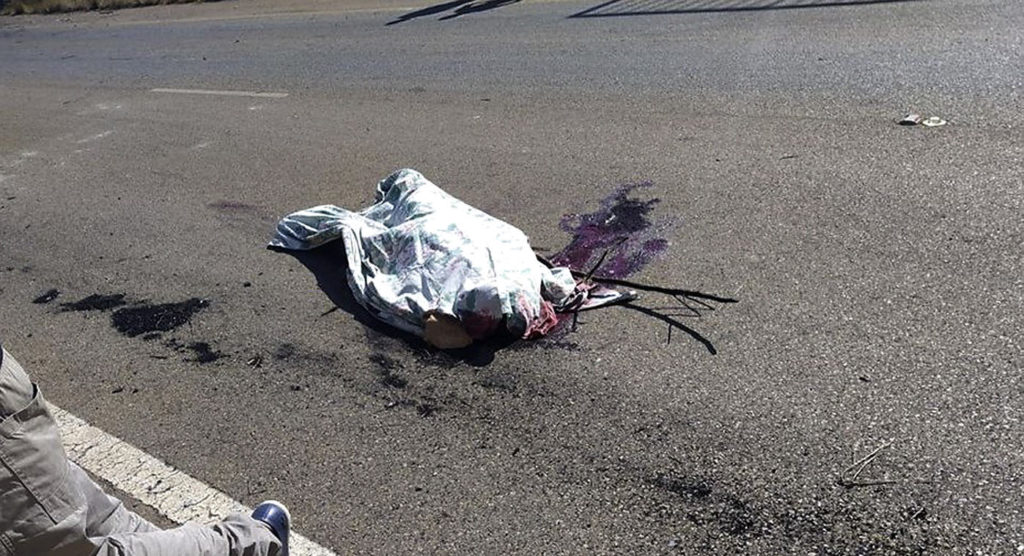
The evidence we publish today supports allegations received by the United Nations Office of the High Commissioner for Human Rights (OHCHR) of what they term the “disproportionate and unnecessary use of force, harassment and intimidation by security forces in suppressing last week’s protests, including the use of live ammunition by police.”
In a statement issued on 6 July the OHCHR called on “the Government to ensure that there are prompt, transparent, effective, independent and impartial investigations into all allegations of human rights violations, including those by law enforcement personnel in the context of the demonstrations, and that those responsible are held to account”.
Maverick Citizen is therefore publishing the videos in the public interest and linked to the call being made by the OHCHR, Amnesty International and others for an independent investigation into the killings, maimings and torture.
Timeline of an uprising
The Kingdom of Eswatini has for long been a tinderbox waiting to catch fire. Covid-19 has deepened the social crisis in a country with limited freedom of expression and no legal political parties. While its people languor in deepening poverty, its absolute monarch, King Mswati III, is said to have a net worth in the region of $500-million.
The recent protests started after the killing, allegedly by police, of a student leader and member of the Swaziland National Students’ Union, Thabani Nkomonye on 9 May.
According to sources, the student protests then spread and garnered the public support of three members of the Parliament of Eswatini. According to the Mail & Guardian:
“These MPs asked the government that they at least elect their own prime minister [currently, the prime minister is appointed by the king]. They were suggesting a constitutional democracy, in which the king would be outside politics.”
Emboldened by what was happening in Parliament, “citizens in other constituencies started delivering petitions around the country, urging other MPs to discuss these issues”.
Simultaneously, civil society organisations, including the Swazi United Democratic Movement, started a campaign going from community to community collecting petitions as part of the Tinkhundla system. According to our source the most common demand was: “The King must go.”
After seeing the momentum growing, and the demands emerging from the petitions, on 24 June acting Prime Minister Themba Masuku issued a statement that stopped “with immediate effect the delivery of petitions to Tinkhundla centres. It has become apparent that this exercise has created a breeding ground for anarchy and has been intentionally hijacked to sow seeds of division among emaSwati in complete disregard of public safety, the rule of law and Covid-19 regulations.”
This led to an escalation of street protests and the violent reaction we have described in this article. In the words of one person we spoke to, “We were following stipulated constitutional routes, but they stopped it.”
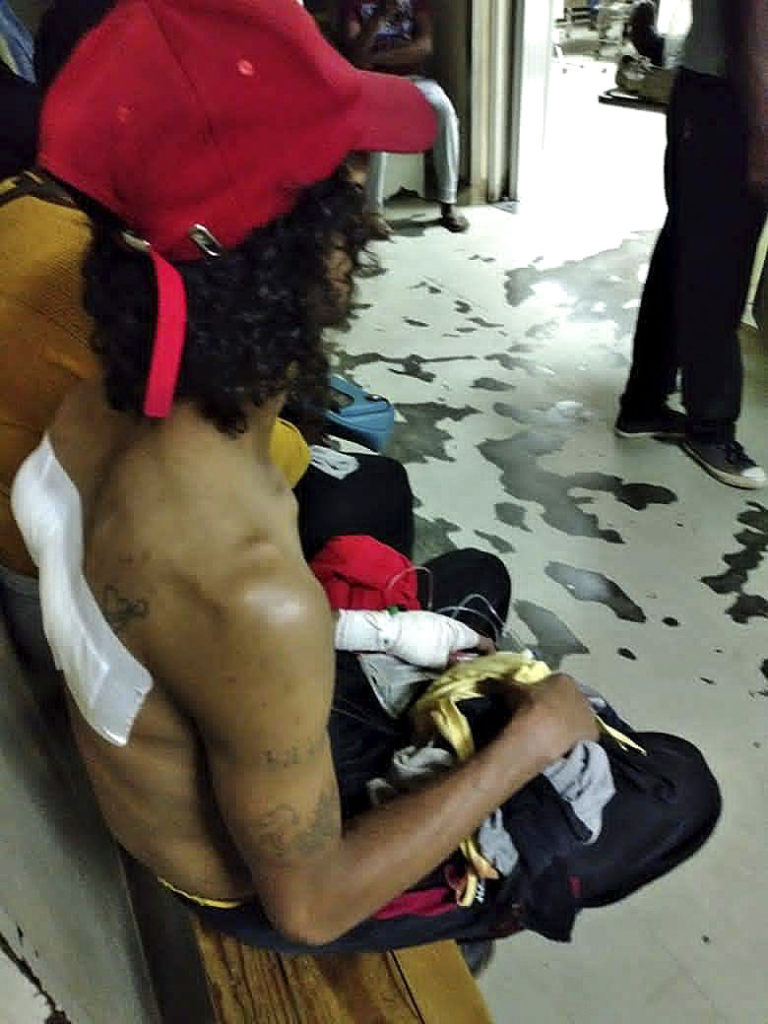
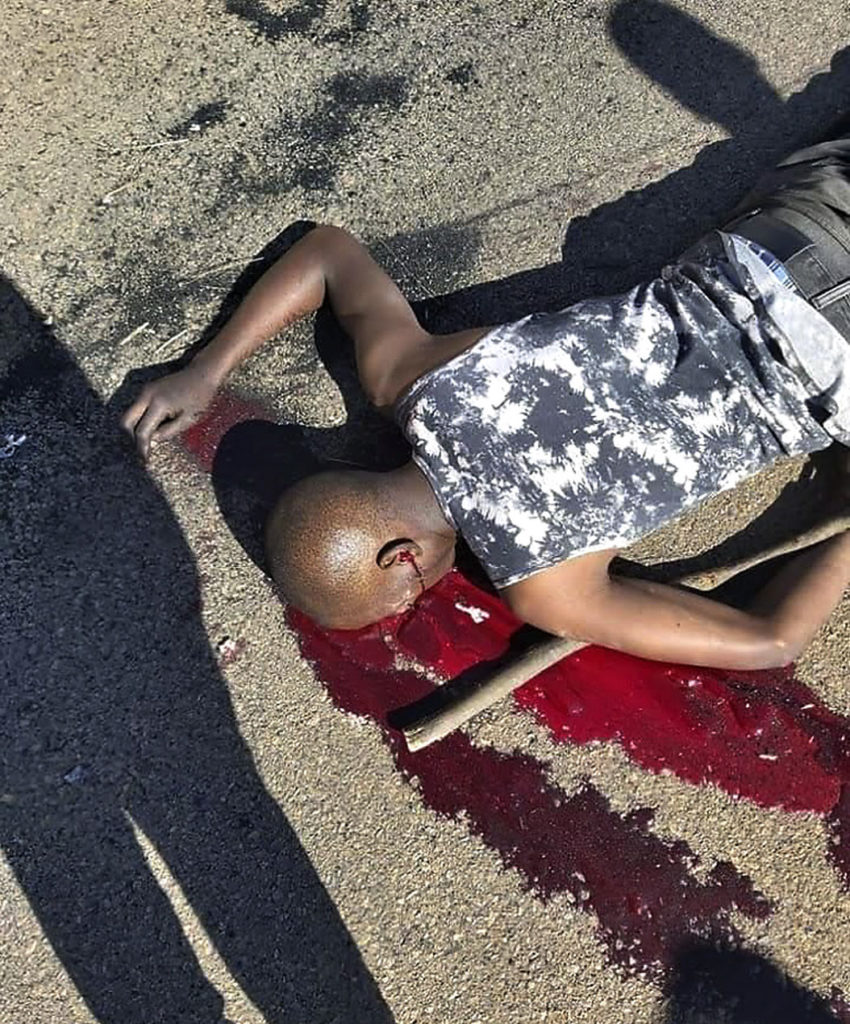
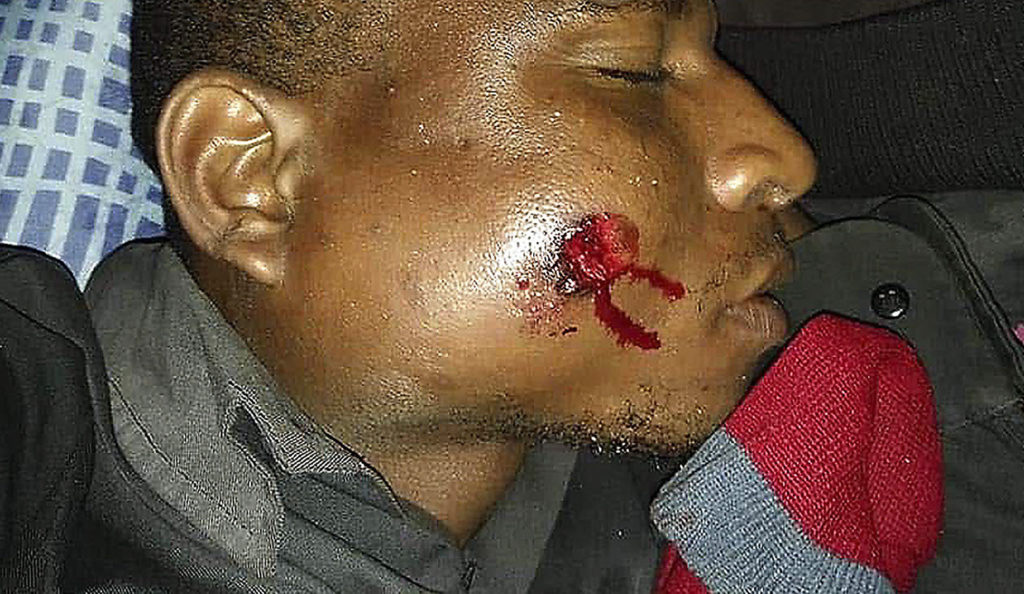
A few days later, on 29 June, the uprising led to the shutting down of the internet by MTN on the instructions of the Eswatini Communications Commission (Esccom).
This has been confirmed by MTN, which told us today that although the “MTN Group endeavours to protect the rights of all people who use our services in the jurisdictions in which we operate in accordance with globally defined standards” it is compelled to obey orders from national authorities such as Esccom. Nonetheless, a spokesperson for MTN said, “Our approach to digital human rights is underpinned by a sound policy and due diligence framework.”
Speaking on Tuesday, activists reported that protests had subsided because of the ferocity of the state’s response.
“The security forces are being more careful, they are acting at night rather than in broad daylight,” we were told. Two sources also told us that several activists had disappeared, presumed abducted, although some may have fled into South Africa.
One activist we spoke to said that there was now “extreme fear”, but pointed out that “it’s not calm. People are still filled with rage and anger – they have heard nothing from the king or prime minister and none of their demands have been addressed. This is not over.”
As we went to press, Maverick Citizen received a copy of the letter sent to the SADC troika on Tuesday by human rights lawyer Thulani Maseko of the Institute for Democracy and Leadership. On behalf of civil society and trade unions it welcomed the intervention of SADC, pointing out that “the problem facing Swaziland is a governance crisis” and informing SADC that:
“[P]olitical parties and civil society have adopted a common position regarding the process of intervention by the Troika … the five-point plan remains the guiding principles for engagement. These are:
[i] An all-inclusive mediated political dialogue/negotiation;
[ii] Total unbanning of political parties;
[iii] A Transitional Executive Authority;
[iv] A new democratic constitution; and
[v] A multiparty democratic dispensation.
It called on SADC to return within one week and to meet all stakeholders “to avoid the country potentially relapsing into open conflict, which is not in the interest of anyone”.
Maverick Citizen requested comment from the Eswatini High Commission in Pretoria on the allegations of torture and killings. We asked whether the government would allow an independent investigation, carried out under the auspices of the United Nations, into claims of killings, torture and abductions. However no response was received to our email. We will add comment should it be forthcoming.
Originally published by Daily Maverick/Maverick Citizen.
